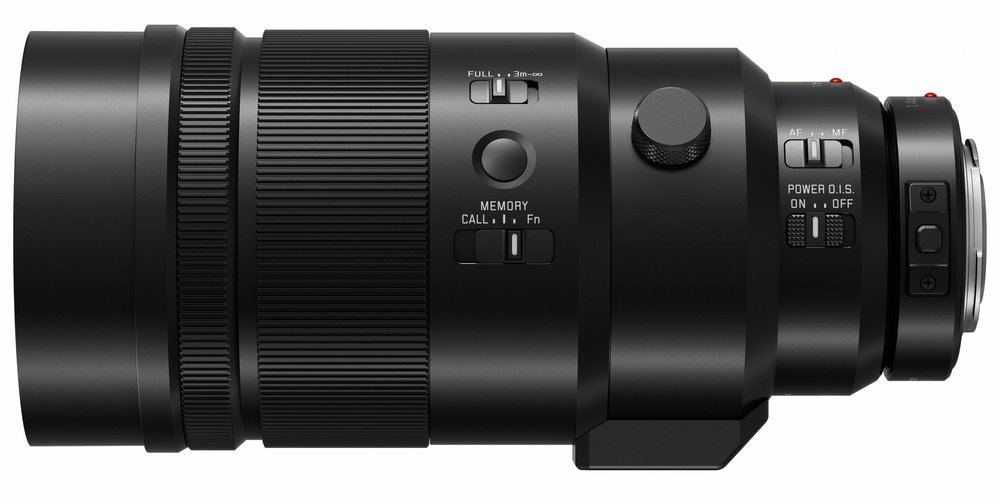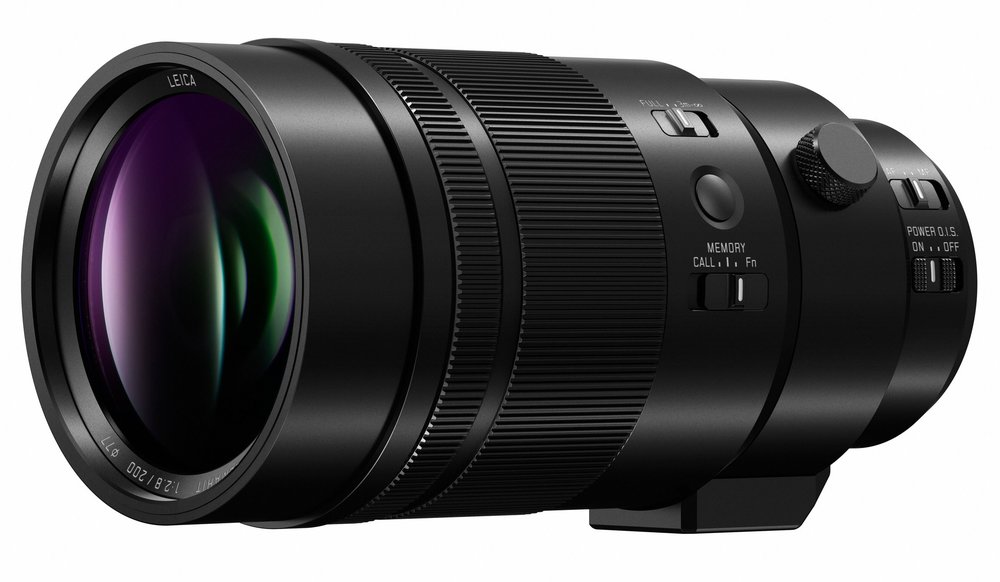When I think of prime lenses my mental image tends to top out at 135mm, if not 90mm, in the traditional scale of 28-35-50-75-90-135. The longest prime I own is the 75mm Olympus f/1.8mm, an m4/3 optic which gives a 150mm full-frame equivalence. It is only 70mm long but makes a great portrait lens. It’s one of the big advantages of the 4/3 sensor size that the lenses are so compact. And encouraging for those of us brought up on tiny manual designs such as those made for the Leica M mount. They are indeed generally small and cuddly, more so than is possible with modern full-frame lenses packed with stabilisation engines and electronics.
However, the new Leica DG 200mm Elmarit f/2.8 made for the micro four-thirds system is definitely not small and cuddly. Nor is it any old prime. The 200mm gives a a whopping 400mm in full-frame equivalence. And it also comes with a 1.4x converter to boost the range to 560mm. That’s a serious bit of fast prime for twitchers and sports fans. And when you combine the in-built power optical image stabilisation with the improved 5-axis stabilisation of the new Lumix G9, this prime has a remarkable 6.5-stop advantage over an old-fashioned non-stabilised system. Long-range photography without tripod assistance is now a real possibility.
The 200mm has 15 elements in 13 groups with 9 circular-diaphragm blades. With a maximum aperture of f/2.8 (stopping down to f/22) this is fast enough, combined with the benefits Dual IS stabilisation, to satisfy most wildlife photographers.

Despite my suggestion that this isn’t a cuddly lens — it isn’t — don’t run away with the impression that it is an out-and-out monster. By virtue of the small sensor system, this 200mm beastlet measures only 6.85 inches (174mm) tip to toe and weighs a relatively modest 2.75lb (1.25kg) Yes, it’s no pancake. But does offer a similar reach to lenses such as the Canon 400mm f/2.8 IS II USM. That whopper is 13.7in (348mm) long and weighs a back-breaking 5.6lb (2.52kg). It definitely needs its tripod mount.
All this offers a pretty good explanation of why micro four-thirds is popular as a system. You can envisage using a lens like the new Leica DG 200mm when you would think twice about owning — and still less carrying — that Canon 400mm. Oh, and another minor point. The Canon costs £9,300 compared with the price tag on this new Leica DG Elmarit 200mm of a mere £2,700.
Combine the Elmarit with the new Lumix G9 and you create a stable hand-held powerhouse with a total weight under 2Kg.
Full details from Panasonic
_____________


Without a q. size and weight matters. Still waiting since weeks for your review of the Panasonic GX 80. Because of IBIS it seems to be a very interesting camera for adapting older lenses from Voigtländer or Leica. I just saw pictures of the Leica "CL"??? If they are true this could also be a good idea for these lenses.
You’ve caught me out on the GX80. I’ve been meaning to get down to writing a review for some three months and haven’t felt motivated. The problem is, I find the GX8 better in almost every respect. Technically the G80 has the more sophisticated stabilisation and is smaller. But the GX8, which isn’t much more expensive, is far better handling and has a 20MP sensor. The GX80 is a more fiddly camera to use.
Perhaps with your promoting I will write something.
Yes the new Leica will be a big success, I think. It should win some converts from Fuji but, more to the point, stop further haemorrhaging from the existing Leica user base. I’m looking forward to it.
Hello Mike, i think you should better compare it with the EF 5,6/400 L ! ? Andreas
Andreas,
Of course you are right in the sense that the full-frame depth of field is much narrower, therefore the f/5.6 is roughly equivalent to f/2.8 on M4/3. However, the Leica DG is faster in light-gathering properties. Subject separation at long telephoto distances is already very good whatever the speed of the lens and the comparison is probably less critical than when we are talking about, say, a 50mm prime in M4/3 versus full-frame. The main point, though, is that the smaller M4/3 lens reaches further without the size and weight, despite the other compromises. However, your point is well made and it all comes down to a matter of informed choice.